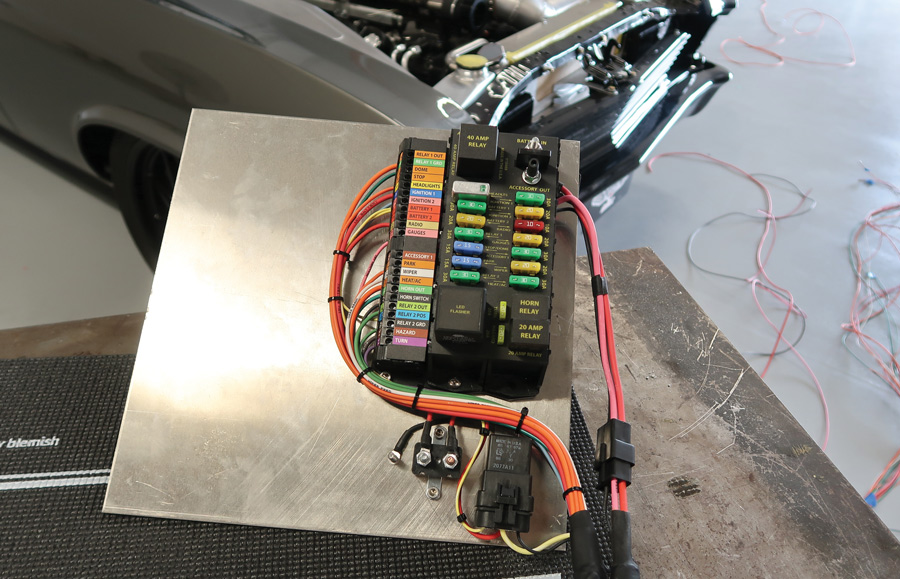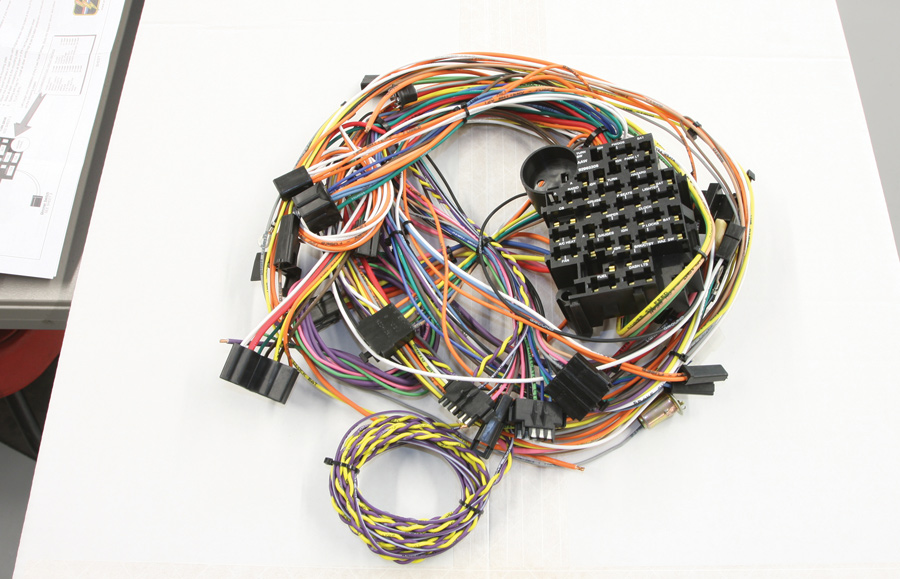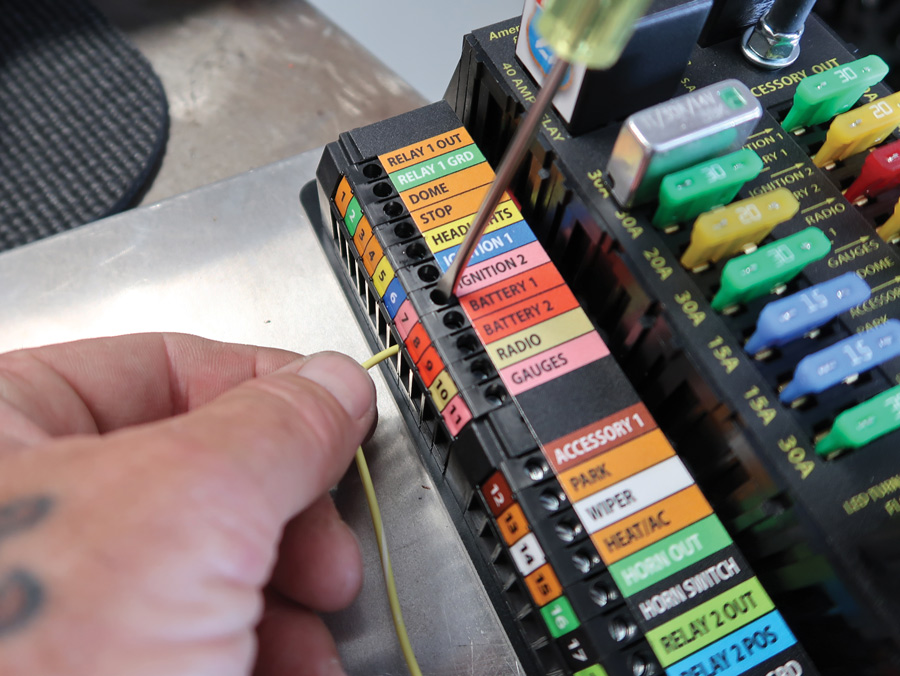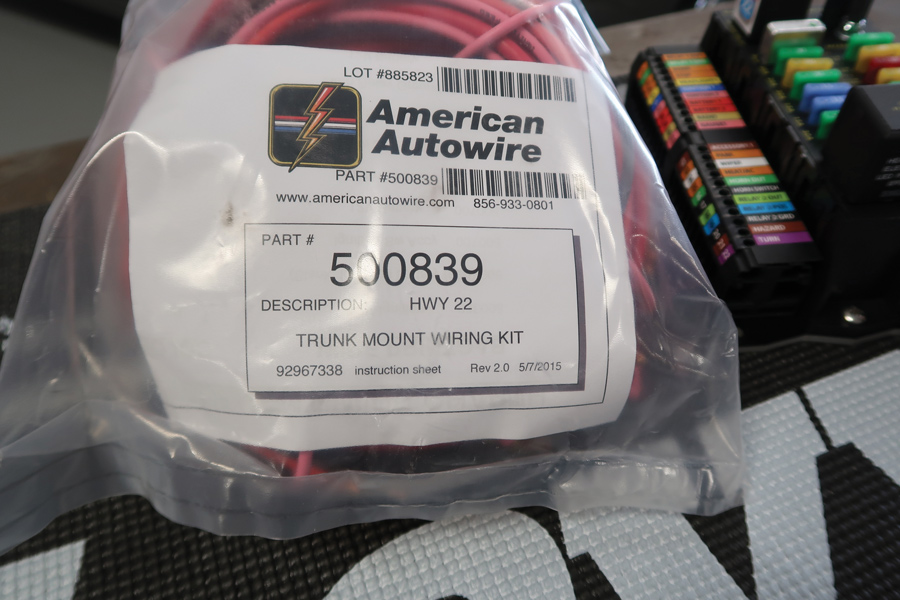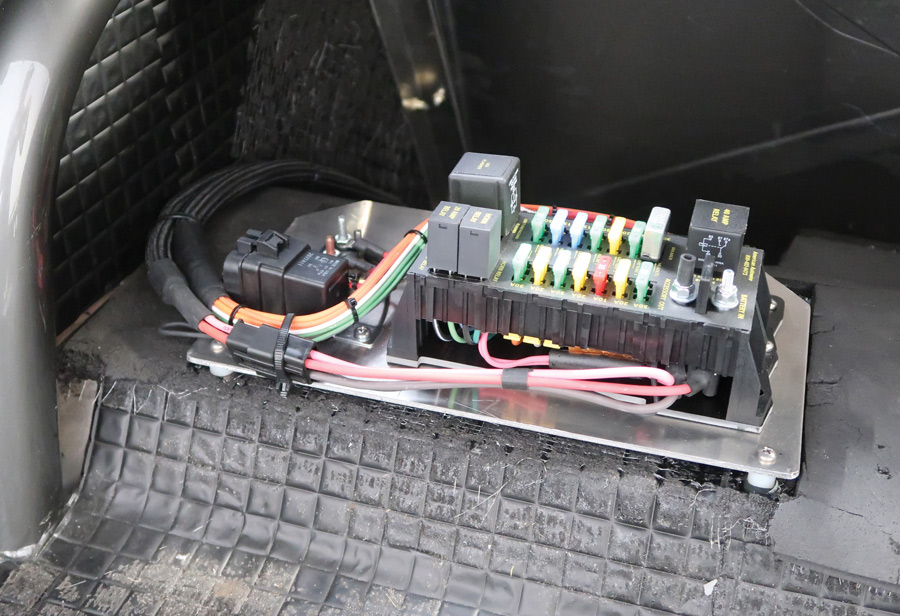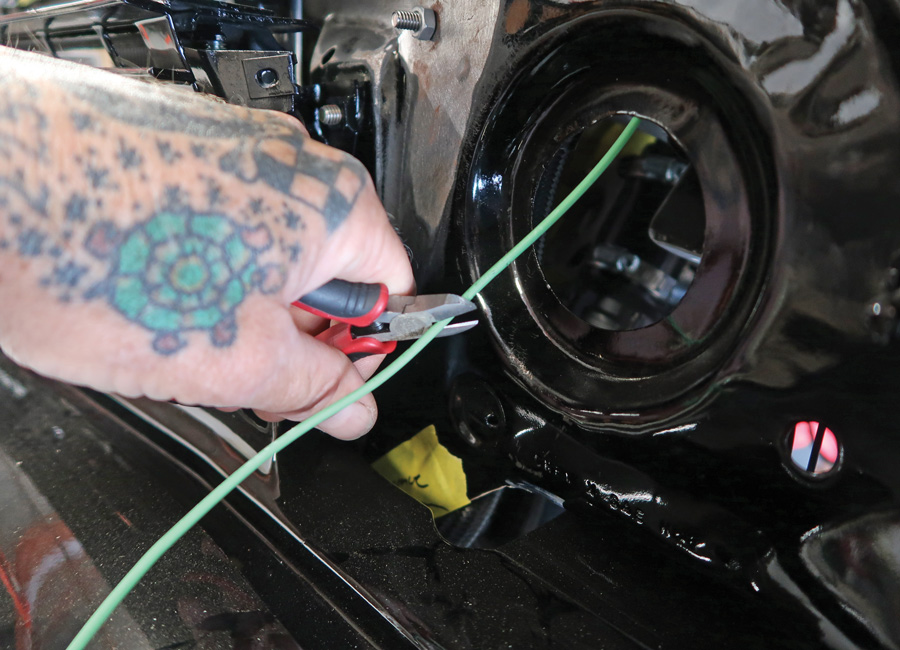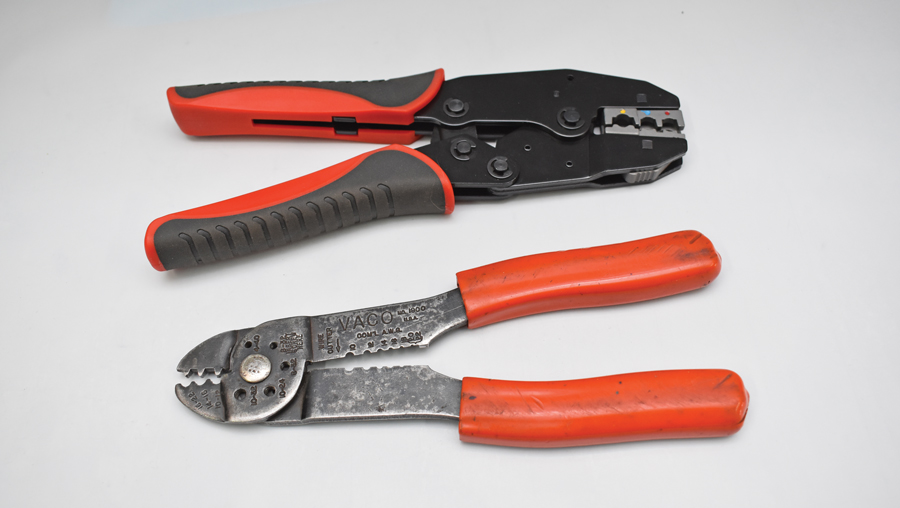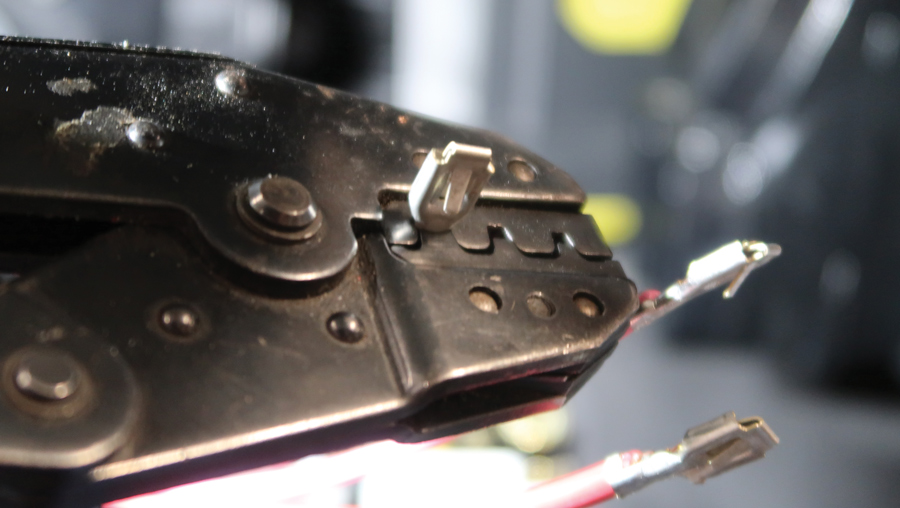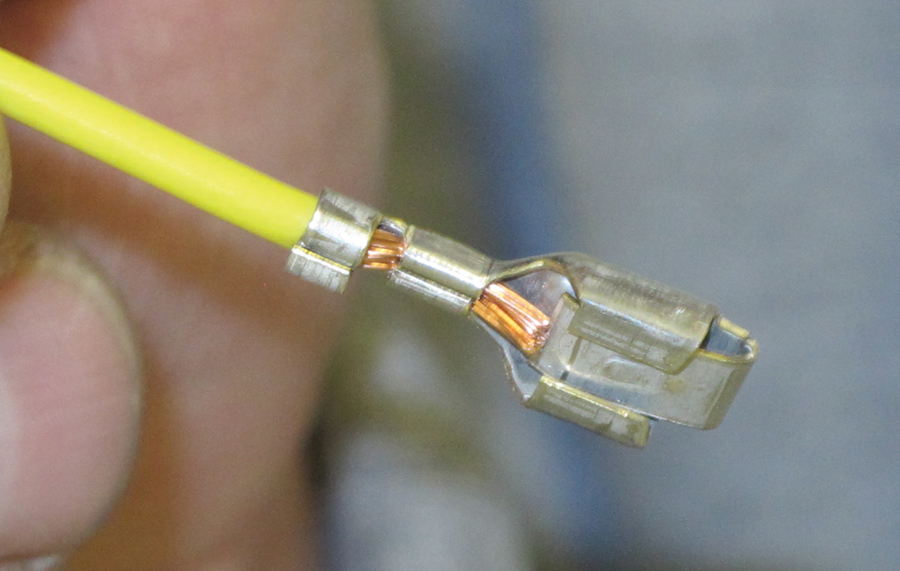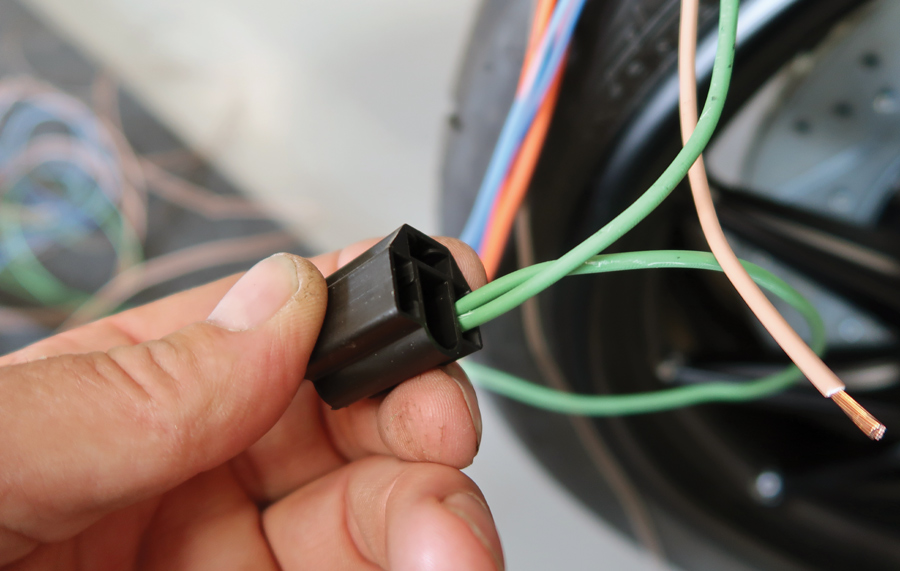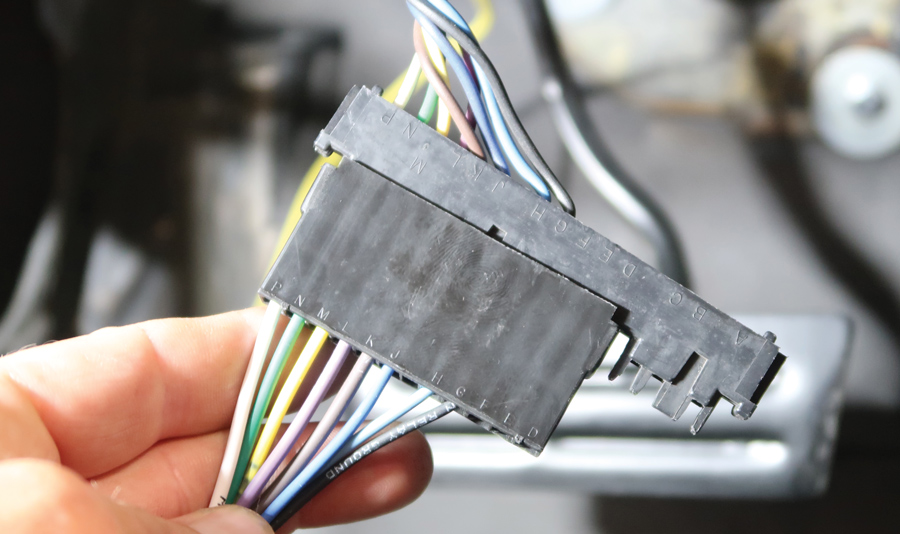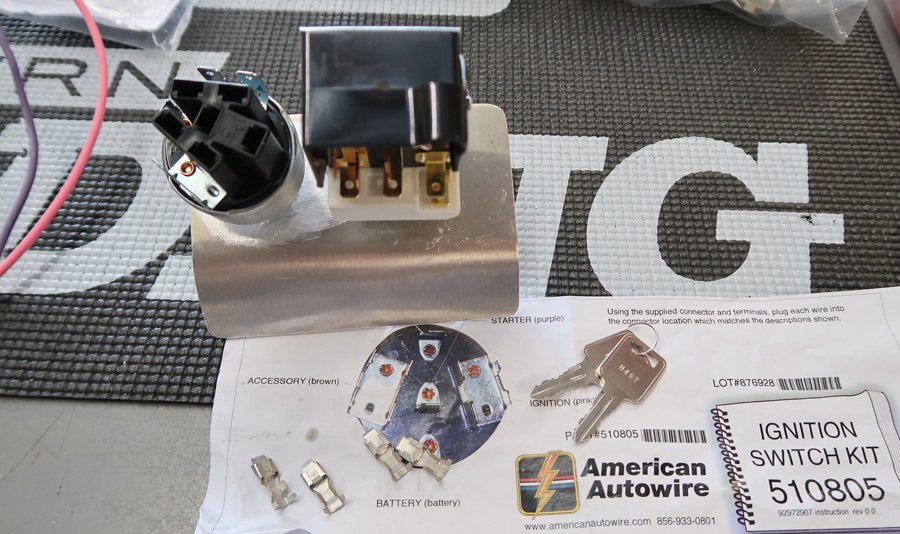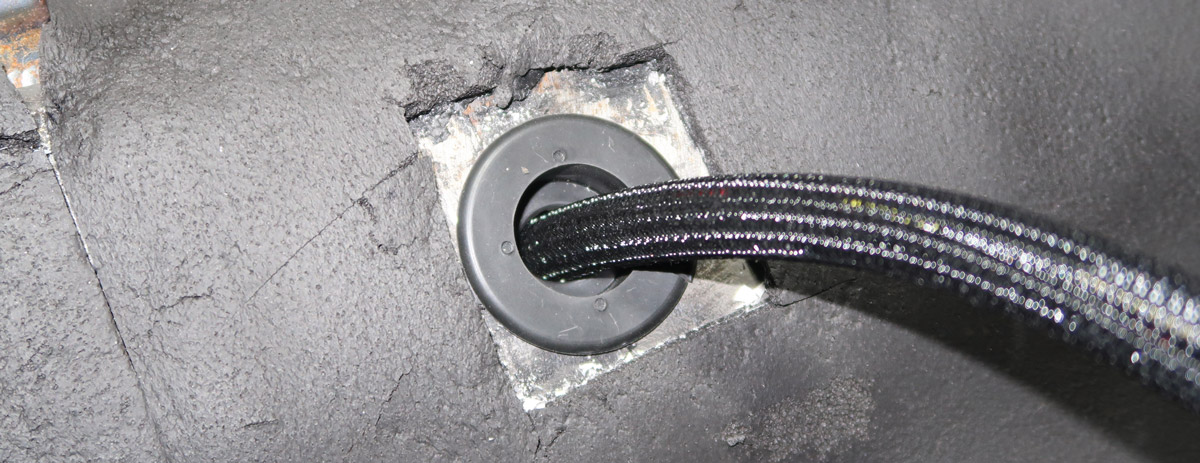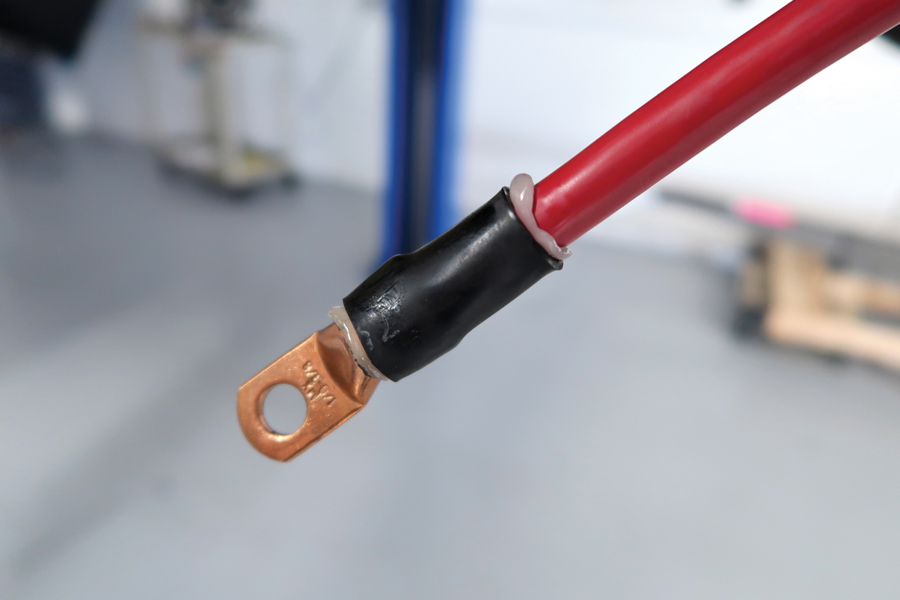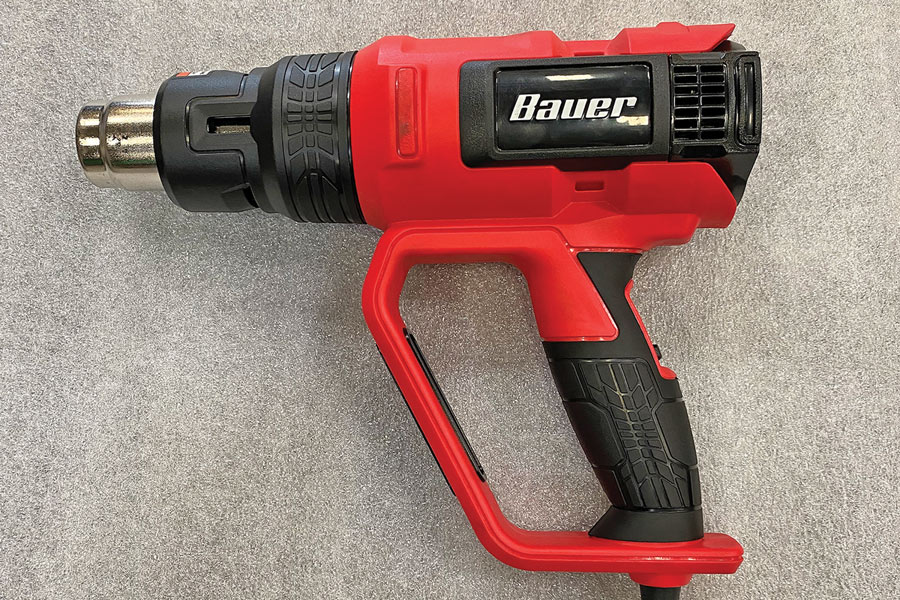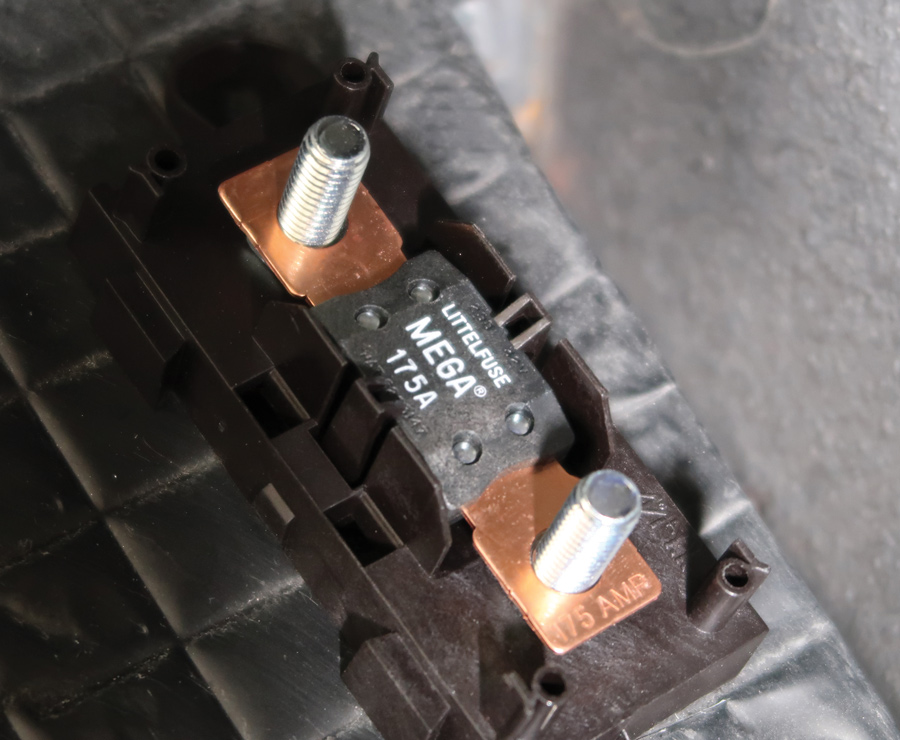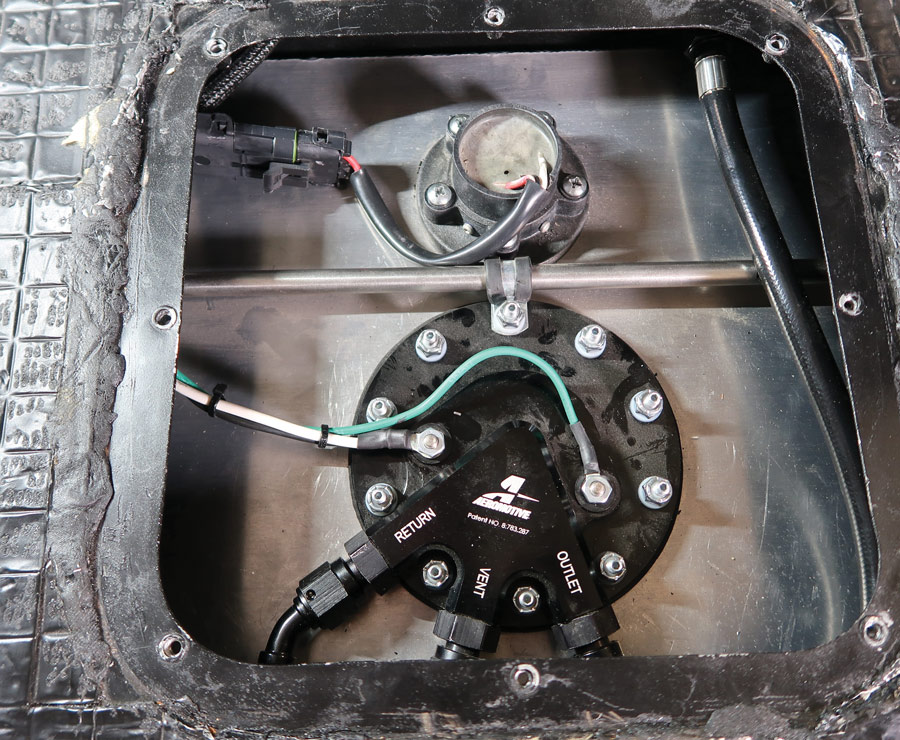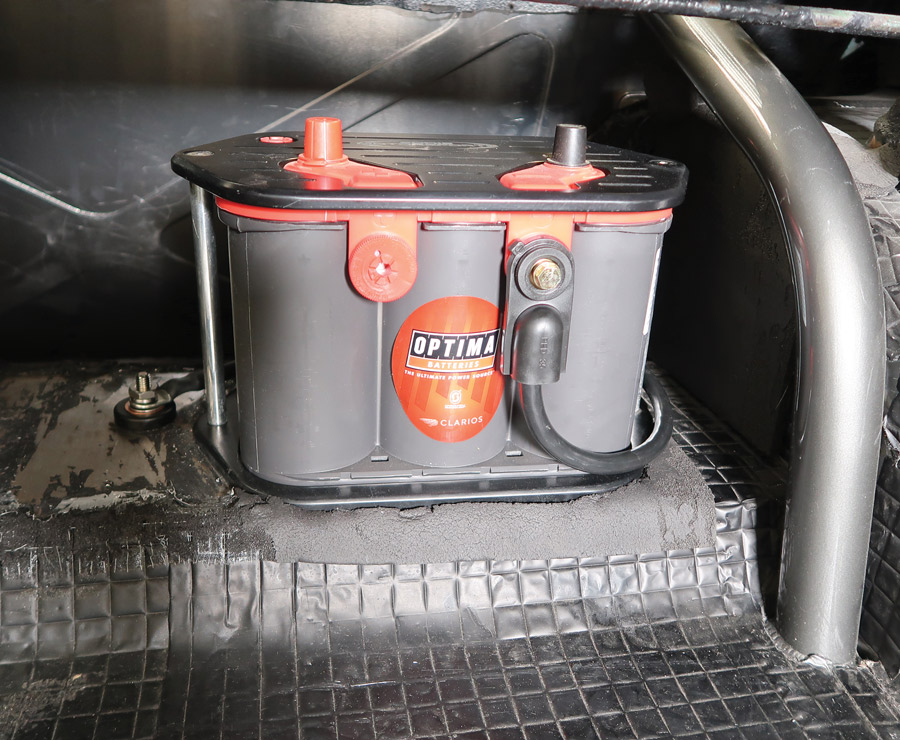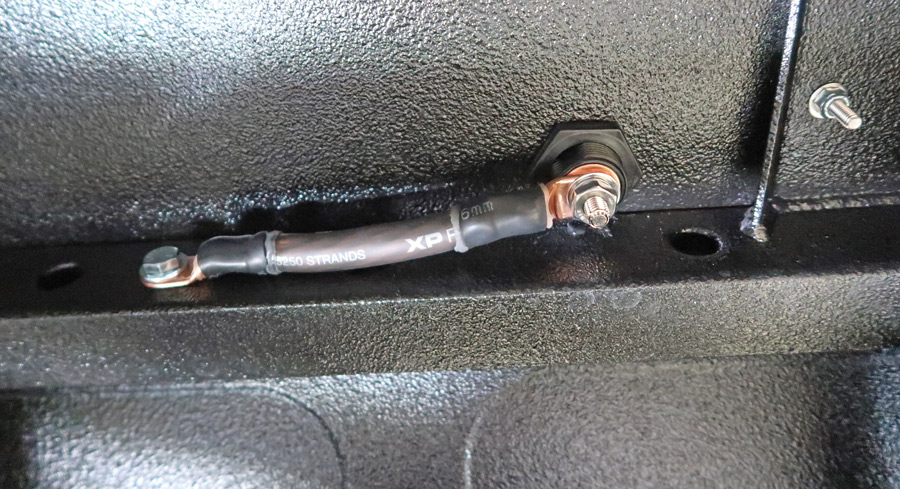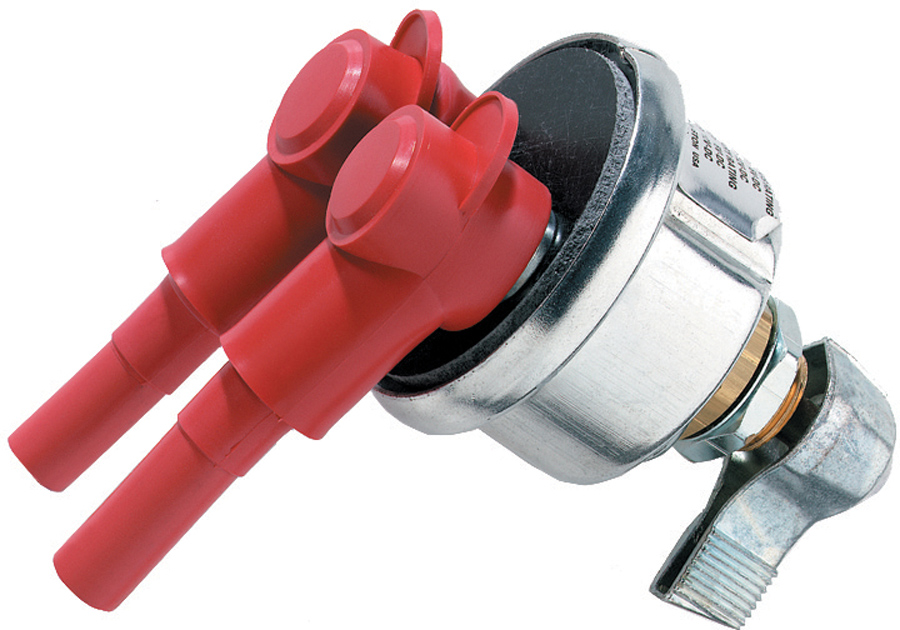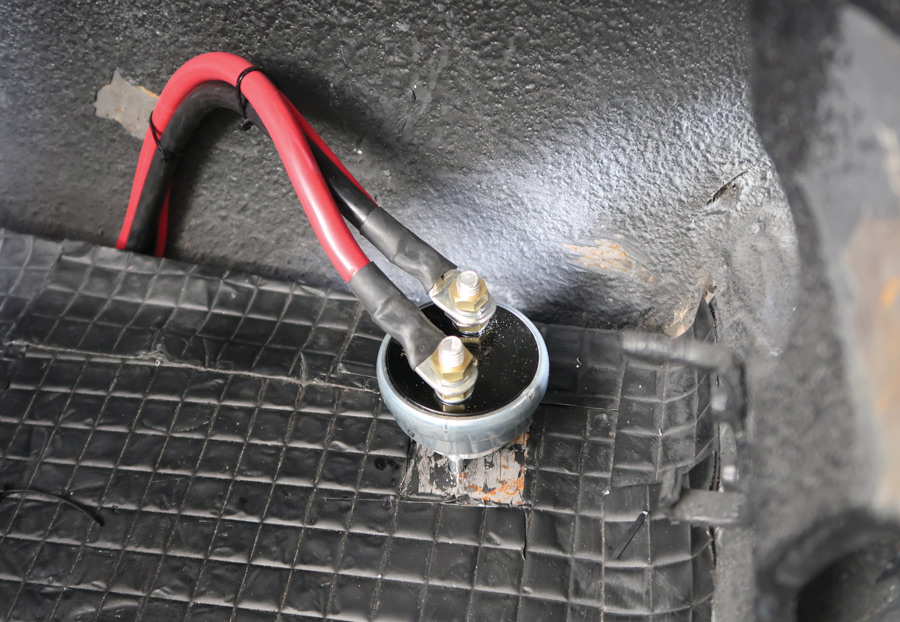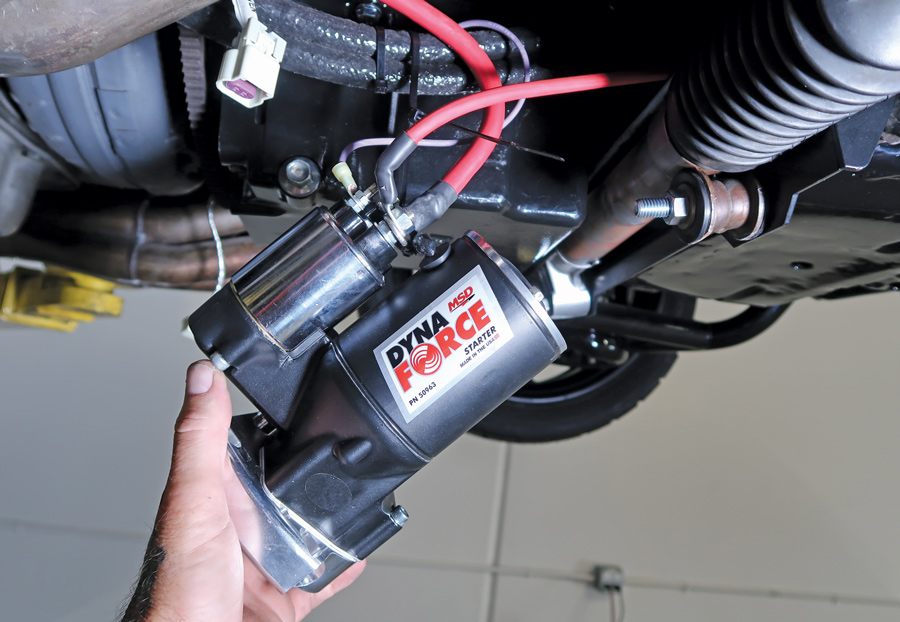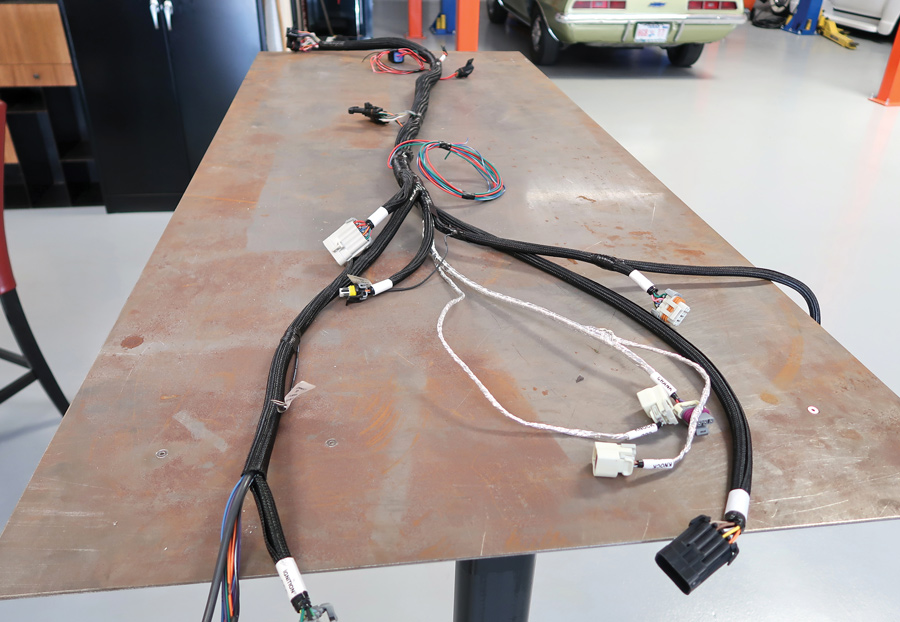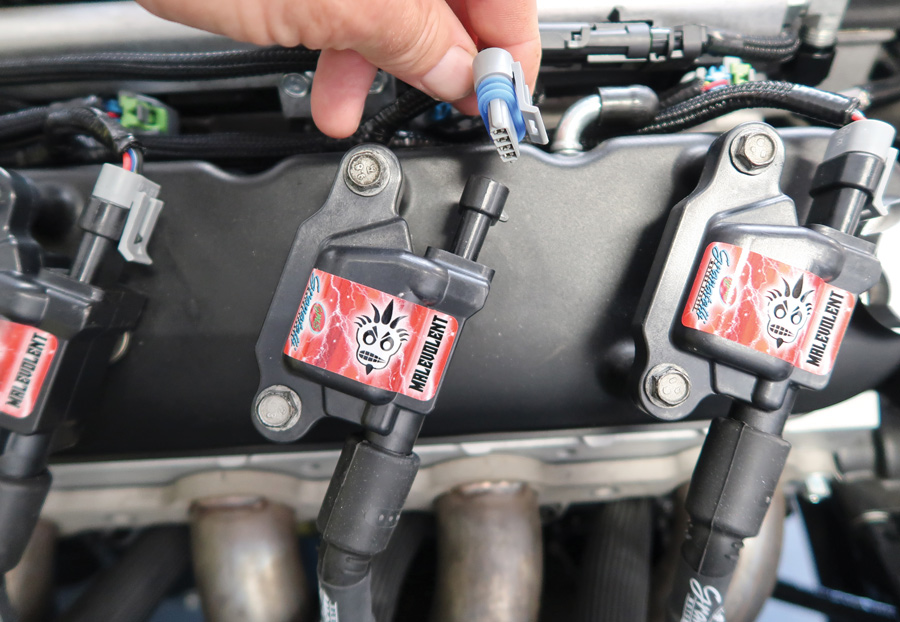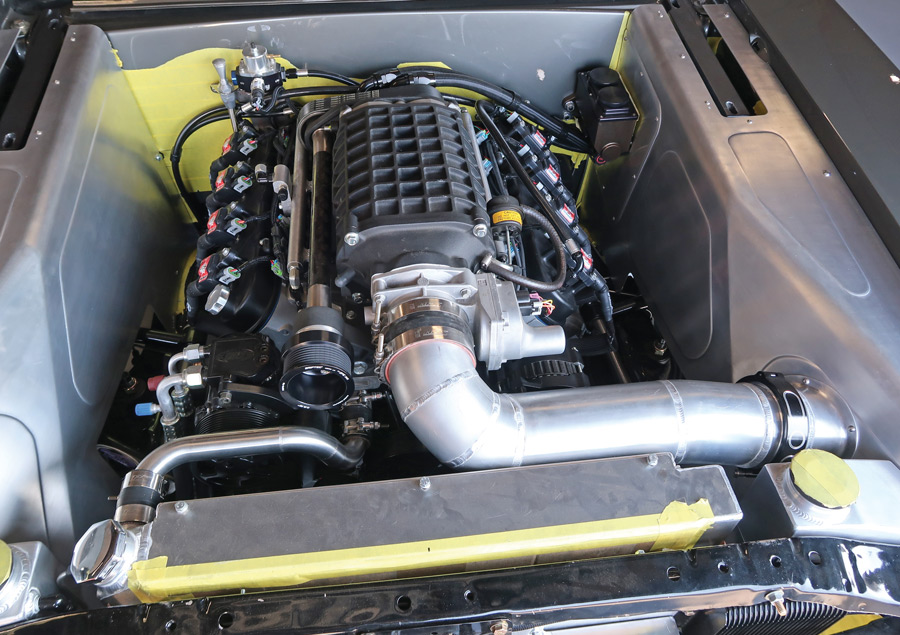 TECH
TECH Photography by Jason Scudellari
Photography by Jason Scudellarior most of us the prospect of wiring a car ranks right up there with going to the dentist for a root canal—in both cases a certain amount of worry results from anticipating the uncomfortable procedure about to take place. While we can’t do much about visiting the dentist, we can advise the easy way to wire your pride and joy, and that’s with a wiring system from American Autowire. To install it you don’t have to know any more about electricity than that it’s the stuff that makes the engine run when you turn the key and the lights come on when you pull on the switch.
There are a variety of reasons for rewiring an older car, and in many cases time has taken its toll on the original electrical system to the point that safety and reliability become issues. Over the years, wires and connections will deteriorate, and it’s not unusual for ill-advised and poorly executed modifications to have been made. But more often than not updates are needed to add electrical accessories that the vehicle was never equipped with. To address all those issues, American Autowire offers three types of wiring solutions:
For those updating to a more modern, high-energy ignition system, or installing an internally regulated alternator, American Autowire can also modify many engine and front harnesses for these upgrades.
One of American Autowire’s most popular kits in the Highway 22 Plus Universal system is the one we chose to install in a ’70 Chevy Nova. The fuse panel comes with an LED flasher, horn relay, and a pre-installed relay for accessory circuits that can be triggered by 12 V or a ground circuit. Wires in the kit use GM’s color code and are labeled every 3 to 4 inches.
To eliminate trips to the parts store, the kit also includes ignition, headlight, and dimmer switches along with a new high-amp alternator and main power connection kit. For our application we opted for the Highway 22 long wire kit that allows the fuse panel to be mounted in the trunk.
With the Highway Series of universal kits, the fuse panel can be located almost anywhere it’s protected from the elements and readily accessible (OEM-style kits mount the fuse block in the original location). When routing wires keep them away from heat sources, such as the exhaust system, and anything that could snag the harness, like the driveline or engine cooling fan. If wires run through holes in the body or chassis, American Autowire recommends an insulator, such as a grommet, to prevent rubbing through the insulation and causing a short.
When it comes to potential problems with any electrical system, the one thing that causes more issues than anything else is a bad ground. For a circuit to work correctly there must be a good ground path leading back to the battery. So, while it may be heartbreaking to do, any painstakingly applied paint or powdercoating must be removed from any grounding surface.
Although American Autowire’s instructions are clear and concise to help avoid any problems during installation, they maintain a website full of FAQs and technical help is a phone call away. In the great scheme of things, installing an American Autowire wiring harness isn’t difficult—and it’s a lot less stressful than going to the dentist.
